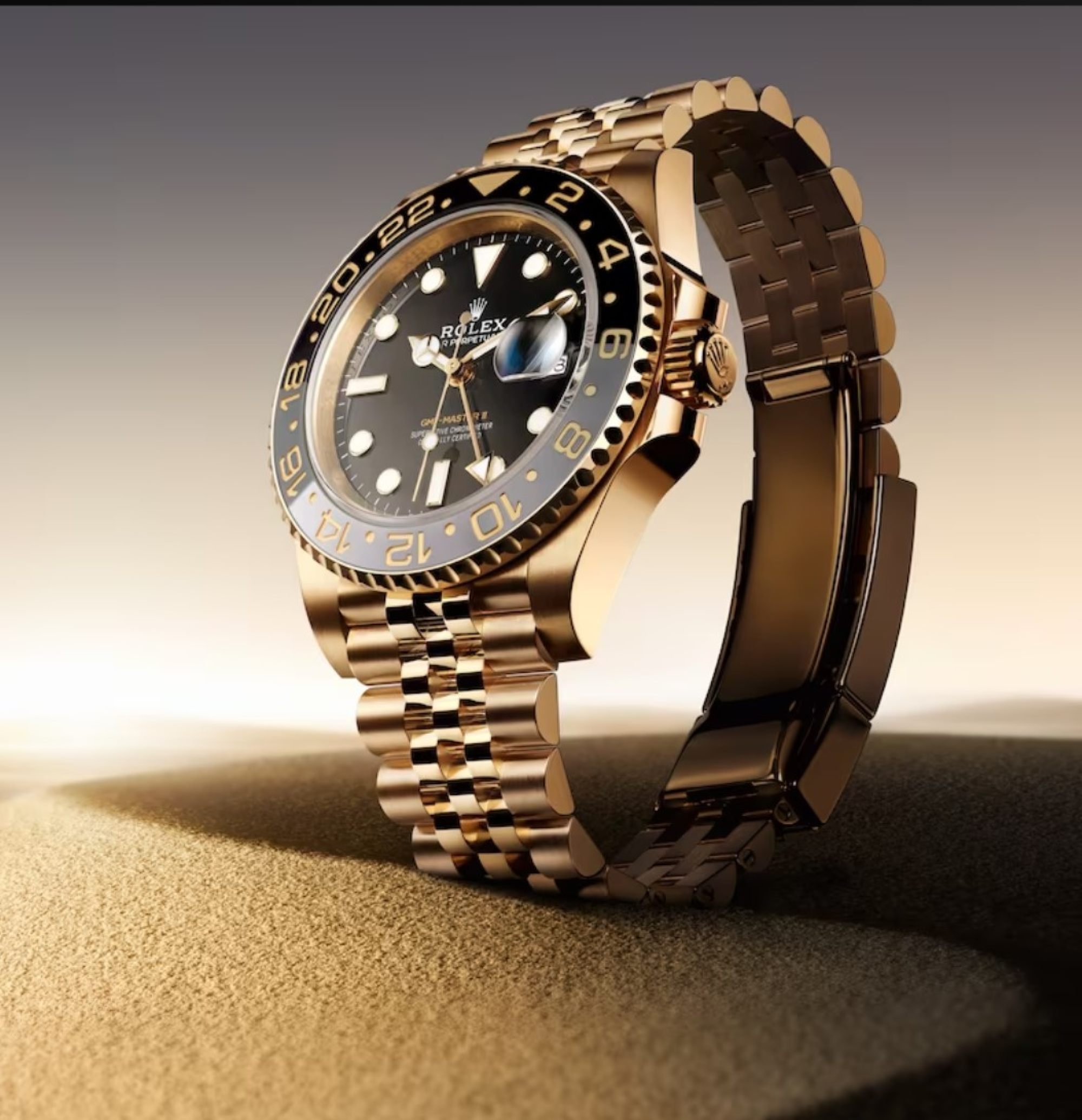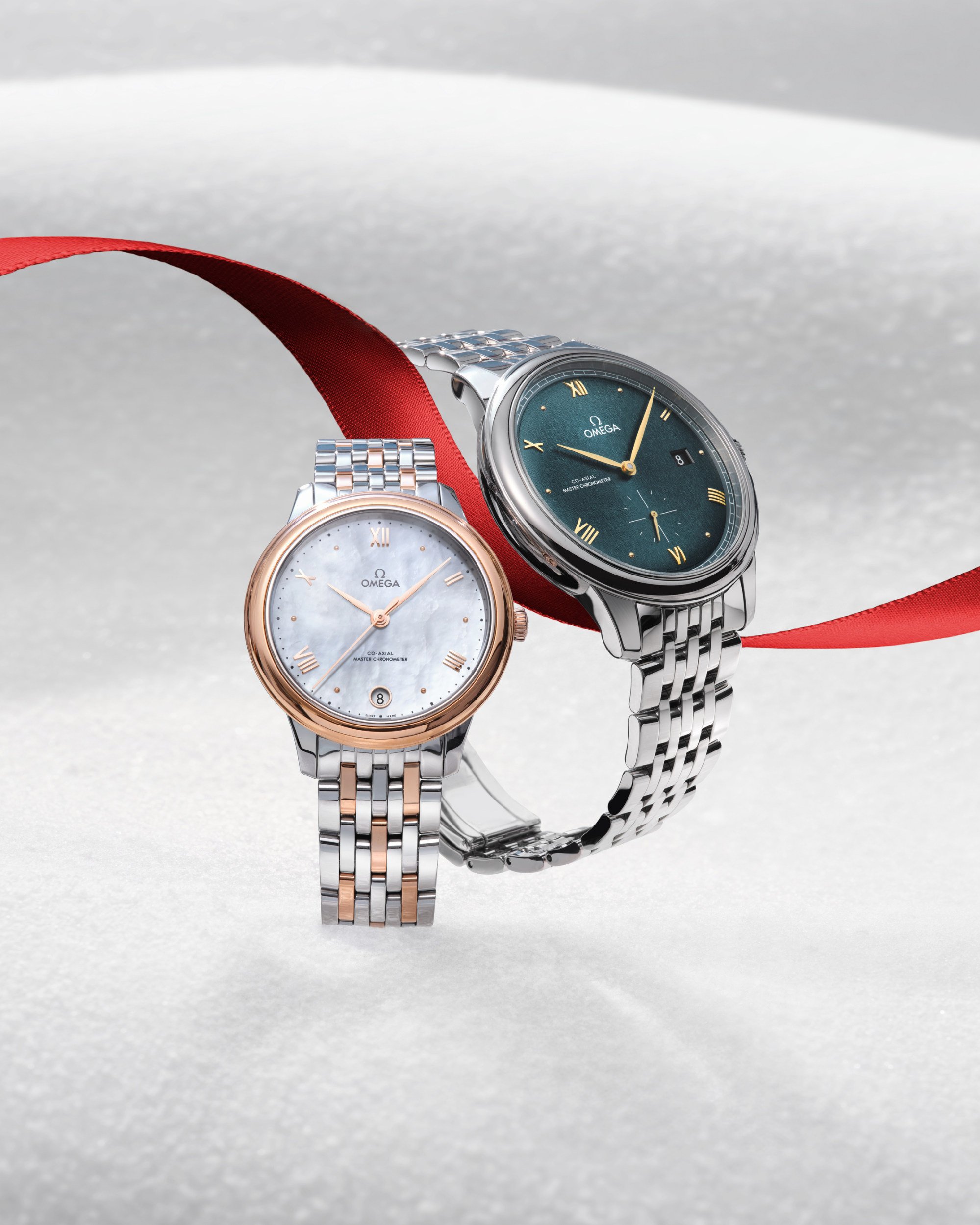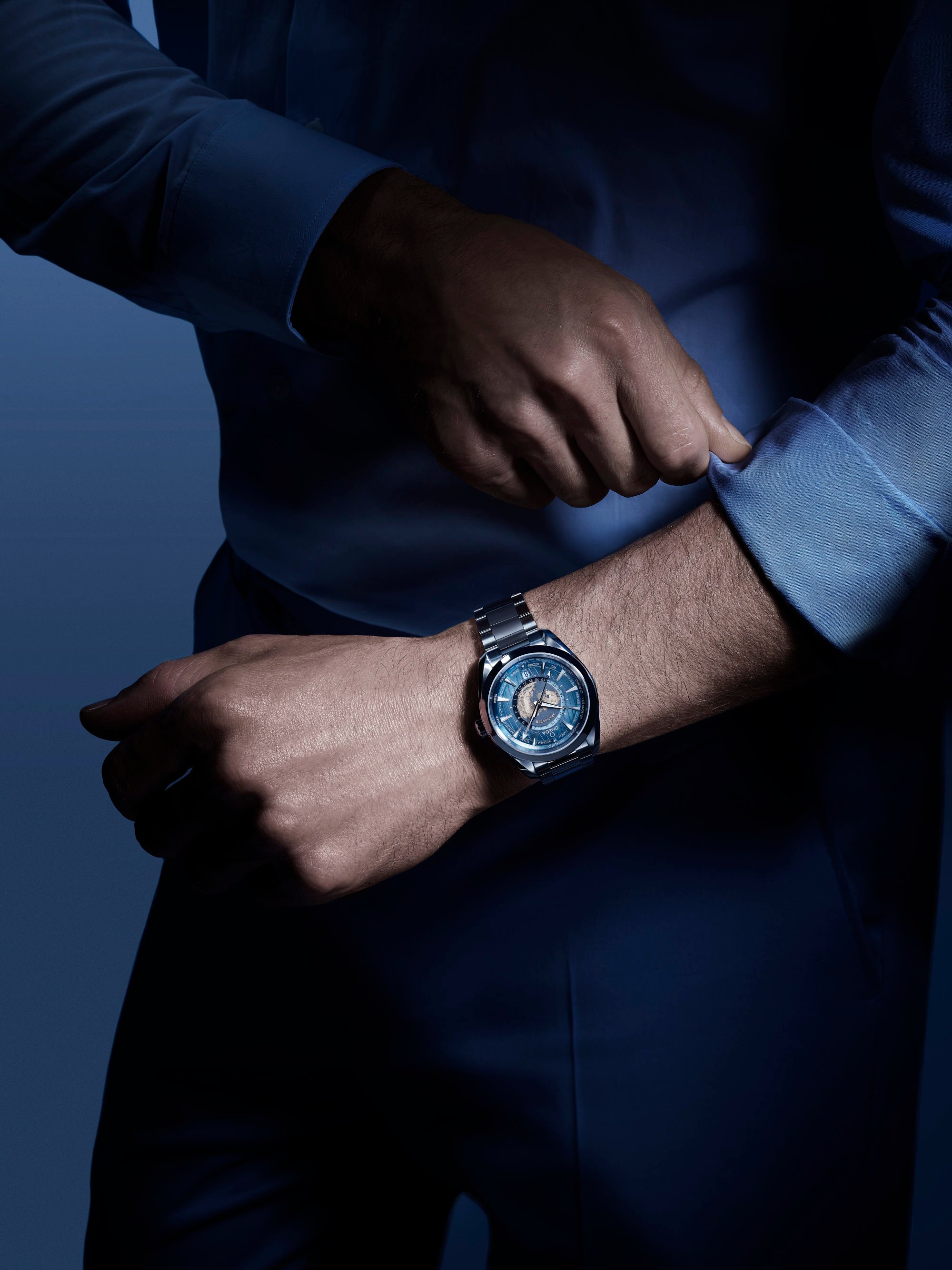How to build a luxury watch collection: 4 tips for beginners, from Rolex’s notorious wait-lists and Cartier’s surprising approachability – to the secondary market and vintage timepiece auctions

As a fashion writer, I’ve developed a deep appreciation for watches and jewellery, and the stories behind them.
Things like wait-lists and the process of buying vintage were all new to me before I started purchasing my own luxury watches in the last few years.
Here are four things I learned while building my watch collection.
1. You can’t always get what you want

Luxury brands are making it harder for us to part with our money, but not for the reasons you might think.
Sho Hirano’s luxury watch collection, from Rolex to Harry Winston
Earlier this year, I went into my local Rolex retailer in Scotland. One of the watches I inquired about, a left-handed GMT-Master II, was a new and rare design, but I wanted to try my luck.
I was surprised to find out that regardless of how rare a watch might be, Rolex – along with other luxury brands like Audemars Piguet and Patek Philippe – no longer sells watches on the spot, as reported by The New York Times.

Most luxury watch houses now require you to make a wish list, which means sitting down with a team member in the boutique and selecting the piece you’re interested in buying.
Because I wasn’t a repeat Rolex purchaser, I was told I wouldn’t be eligible to get access to these super-rare pieces. The reason wasn’t spelled out to me, but I understood that there are levels to the Rolex game, and I was still a beginner.
Instead, I was given options of more modestly priced pieces to put on my wish list. I was told that when a watch on my list became available, I’d be informed and given a strict 48-hour window to pay for and collect the watch.
When the phone call came a few months later about a watch becoming available, I was no longer interested in the piece I had inquired about – which, in hindsight, saved me a lot of money.
2. Some brands are more approachable than others

One of my favourite watch brands is Cartier. It has more modestly priced pieces compared to other luxury brands, but still comes with a long heritage of watchmaking.
Cartier is also one of few brands which has pieces in stock, meaning if you see a watch you like, it likely has one to sell you.
When simple won’t do: 7 watches that are beyond three hands and a dial
When it comes to building a wait-list, in my experience, some watch brands can be more difficult to navigate.
Maybe it’s because I’m younger than a typical luxury watch customer, but in the past, I’ve been quizzed about my profession and the watches I already own. My guess is this was to gauge whether I can actually afford to buy more.
3. Buy a watch that fits your lifestyle

Initially, I was drawn to big, flashy watches with gold and intricate detailing that can be spotted from a mile off – but I never ended up really wearing them.
I noticed that wearing something lightweight and minimal worked better with my daily routine and work life. I often travel alone for work and commute on public transport, so wearing a bold watch doesn’t feel safe to me, and doesn’t fit with my simpler aesthetic.
4. Vintage watches can be more bang for your buck

My most recent purchase was an Omega gold quartz watch. I’m unclear on its exact information because it came with no receipt or “papers” on the style name and production year – a common occurrence when buying vintage watches.
I bought the piece on The Saleroom, a collection of legitimate auctions all over the world. It cost me £200, or around US$250, including taxes and buyer’s premium, a percentage you pay on top of the hammer price. Once it was shipped to me, I spent £10, or around US$12, at a local jeweller to have the battery replaced.
Square with flair: 6 watches bringing the unusual dial shape back in 2024
This is now the favourite watch that I own – and also the least expensive. It might be the buzz of a good bargain or the thrill of the hunt, but I suspect it won’t be my last vintage watch.

I’ve learned a lot of it is down to luck – a quiet day at the auction house means you’ll likely get a better deal than a busier one.
The catalogue containing the items to be sold is released weeks before the auction date, which gives ample time to do your own research on what’s available.
I also recommend setting a maximum hammer price for yourself, including the buyer’s premium and taxes, as you’ll only have a matter of seconds to decide during the auction.
There are thousands of watches on the secondary market, so you’re more likely to find one that’s a good fit for you at a price to match.

- Hankering for a new Rolex, Audemars Piguet or Patek Philippe? Bad news – the wait-list could extend for months and you may end up losing interest, writes Priya Raj
- If you’ve got your eye on a vintage luxury watch, follow the auction houses, but be prepared for a lack of papers – and be aware of buyer’s premium and shipping fees